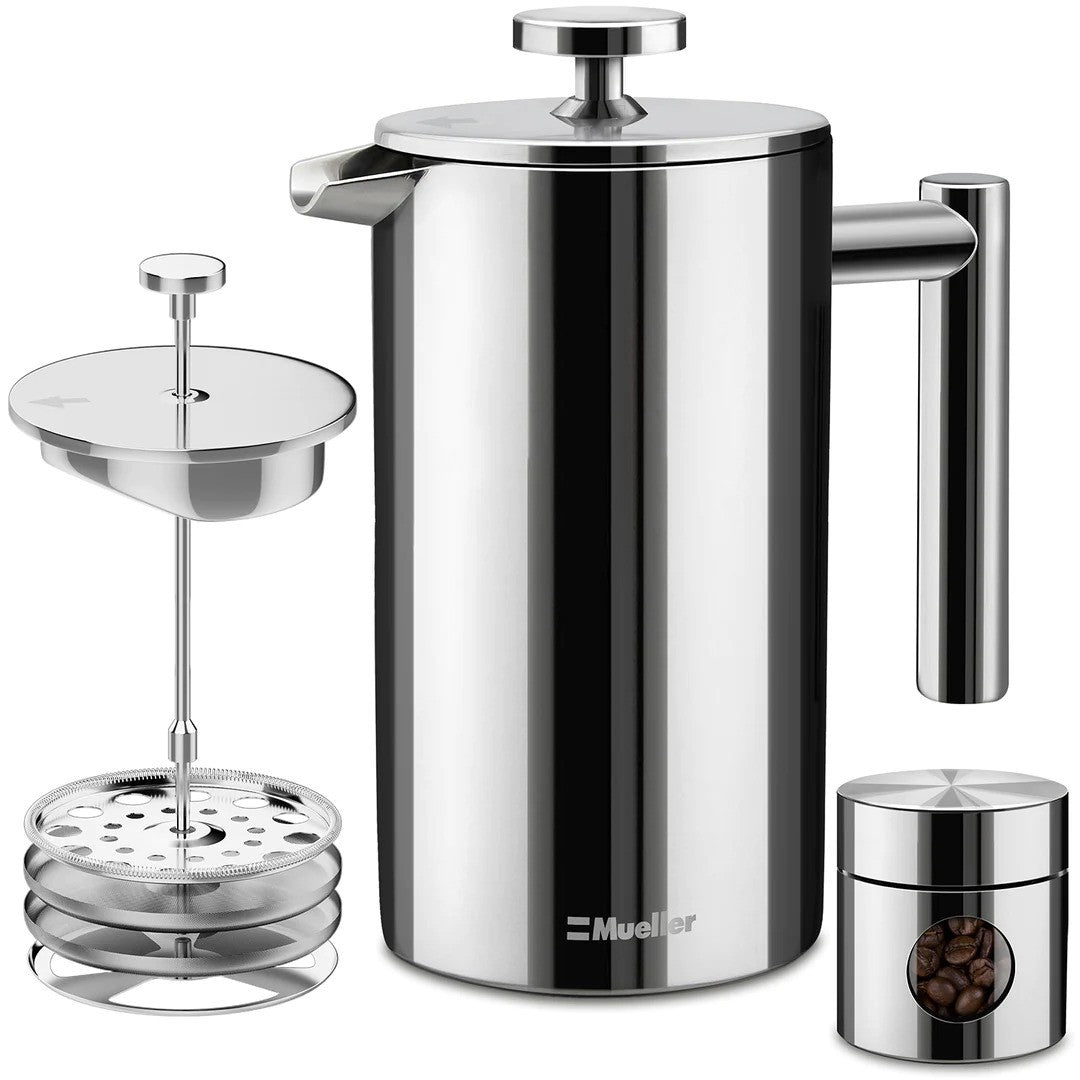Processing Changes Coffee Flavor

Processing coffee from the ripe fruit to a roastable bean is a complex process. One mistake and the coffee is ruined.
Coffee farmers and millers have choices to make about how to process their beans. The same bean processed using different methods will taste differently. Picking the method that brings out the best flavors of the bean is an art.
Wet Process In the fruit the coffee bean is surrounded by a layer of pectin and sugar. The layer is not soluble in water. When coffee is pulped, the fruit is removed but the layer of pectin and sugar stays on the bean. The layer is removed by soaking the pulped coffee beans in water. Natural enzymes and yeasts on the fruit metabolize the pectin and the sugar into soluble organic compounds that can be washed off.
The beans are typically left for at least 12 hours in water then drained, rinsed and dried. At Hula Daddy we use a six step washing process. We put the pulped beans in water for 12 hours, we rinse them off and put them back in clean water for 12 hours, rinse them off, put them back in clean water for 12 hours and do a final rinse before sending them to the drying rack. Triple washing insures that we have removed all of the pectin and sugar from the outside of the bean.
Sugar masks and dulls the natural flavors. Removing the sugar layer enhances the natural flavors of the bean. Wet process coffee tends to be bright and flavorful, often with complex flavors like fruit, spice, and chocolate. Hula Daddy has three wet process coffees Mele, IO, and Karen J Red Bourbon.
Dry Ferment A variation of the wet process is dry ferment. Coffee from East Africa is typically dry fermented. In this process the beans are pulped and then placed in fermenting vats without any water. As the fermentation takes place the beans absorb some of the sugars and organic compounds in the fermentation slurry. Without water the beans heat up quickly and have to be turned regularly. The process is difficult to control and it is easy to over ferment the coffee resulting in a rotten flavor.
Dry fermenting enhances the natural flavors of the coffee. Dry ferment coffees tend to have more intense flavors. However, not all Arabica coffees respond well to dry fermentation. At Hula Daddy we dry ferment two of our coffees, Bourbon Pointu Laurina and Laura’s Reserve SL-28.
Pulped Natural A processing method that is becoming more popular. In the Pulped Natural process, aka Honey Coffee, and Meil Coffee, some or all of the pectin-sugar coating on the bean is left on the bean and dried. The result is a sweet coffee but with less brightness and flavor than other processes. Hula Daddy has one pulped natural, Kona Oli, it has a sweet dark chocolate flavor. It is our most popular coffee and we sell out every year.
Dry Natural The most popular method of processing coffee is not to process it at all. Coffees from Brazil and Ethiopia are typically naturals. Dry naturals are unpulped coffee beans that are allowed to dry on the tree, weather permitting, or dried in patios. By drying the beans in the fruit the organic products from the pectins and the sugars stay inside the hull and infuse the coffee beans.
Dry natural coffee has flavors of fruit, spice, sweetness, sour and ferment. In drip coffees they are popular with coffee geeks. They are commonly used in espresso blends.
Dry naturals are difficult to process in humid climate and it sometimes take weeks to dry them. If they are not processed well instead of fruit, spice and sweetness, naturals can easily turn to moldy over fermented flavors.
Before you buy a coffee make sure you know how it was processed. We have had customers buy a natural coffee expecting it to taste like a traditional Kona. Each processing method creates unique flavors, pick the one you like.

